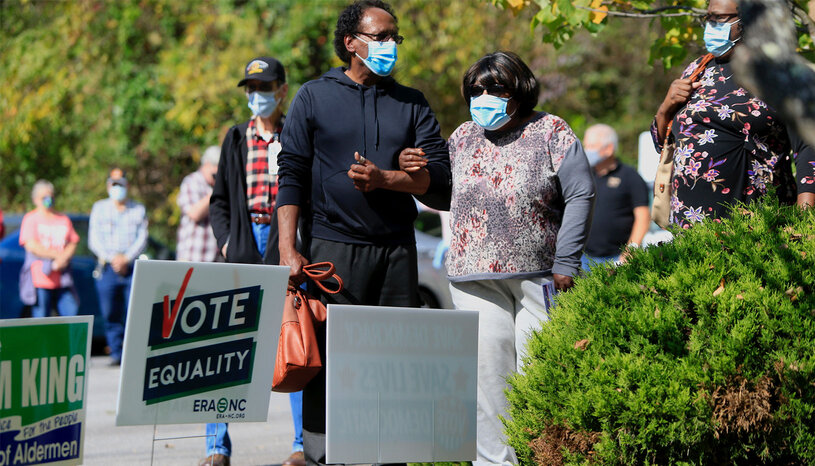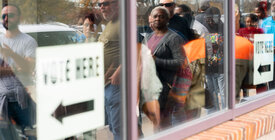On June 25, 2013, the U.S. Supreme Court issued a devastating decision, Shelby County v. Holder, which dealt a significant blow to the Voting Rights Act of 1965. The Court struck down the law’s formula for determining which states and localities should be required to get federal approval for changes to voting policies to ensure that they were not racially discriminatory.
By striking down that formula, the Court effectively put an end to that process, which was known as “preclearance.” For almost 50 years, the Voting Rights Act was arguably the most effective piece of civil rights legislation in the nation’s history, and the preclearance requirement, found in Section 5 of the law, was its most innovative and impactful provision.
The effects of the ruling were immediate. The same day, Texas officials announced that they would implement the nation’s most restrictive voter ID law, which had previously been blocked in the preclearance process. That law, which a court later ruled to be racially discriminatory, was the first of a massive wave of restrictive voting policies implemented in jurisdictions previously subject to preclearance. And it turned out that the Shelby County decision was only the first of a series of Supreme Court decisions that would roll back protections for voting rights.
A decade after the decision, it is as clear as ever that there is an urgent need for Congress to remedy the harm done by the Court by restoring and strengthening the Voting Rights Act.






